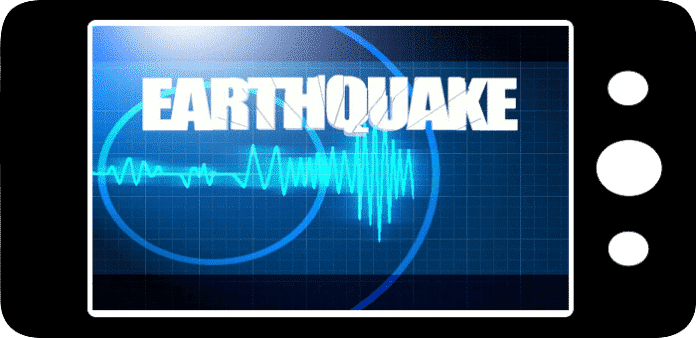Science has come up with a new finding, where any GPS-enabled device could help detect earthquake activity and end up saving lives
Imagine if you would be forewarned about that massive 7.2 on the Ritcher Scale earthquake before it happened. That would not only save valuable human lives but also enable them to save their earthly belongings before Mother Earth’s fury engulfs us. Science hopes to achieve that with our puny smartphones and GPS navigation systems.
ShakeAlert, the West Coast’s scientific-grade detector, has been in the development of science for nearly ten years. However, their development process has been brought to a halt due to lack of financial resources. GPS, which is found in most of the smartphones these days, are claimed to give scientists a very precise reading on the earthquake activity as suggested in a new study in Science Advances. These crowdsourced GPS earthquake detection could work apace with existing systems, to help fill in the void.
The thought that global positioning can detect and measure ground dislocation has been studied using scientific-grade GPS. However, till now, scientists were not sure whether these GPS could detect these happenings as they felt that it was less accurate
In this study, the U.S. Geological Survey (USGS) scientists created an imitation of major earthquakes—one resembling the year 2011 catastrophic magnitude 9 tsunami in Japan. They later put the Google Nexus 5 for examination. The result was that even if only 5,000 of the residents were sending data from their smartphones, the Nexus’ GPS could detect earthquakes with magnitude 7 or greater, and provide precise warnings for major cities.
A smartphone GPS if paired with scientific-grade systems like ShakeAlert could avert loss and death across a range of magnitudes. Benjamin Brooks, USGS geophysicist and co-author on the study said that “We couldn’t do it tomorrow but, in practice, there’s no reason why that couldn’t be done”. Brooks conceptualizes an app that volunteers could download to their smartphones, which would communicate GPS data to a central server for analysis when activated by faint tremors. “To that end, it’s really just a matter of implementation,” he says.
Brooks and his team have already started working on another study in Chile, where they would put several hundred smartphone-based sensors on buildings near fault lines. Further, Brooks says, that even in the short term, crowdsourced early detection does not necessarily have to stop at smartphones. “It’s about the Internet of Things, really. Cars, robotic vehicles, WiFi hubs—anything that has GPS associated with it could be used.”

